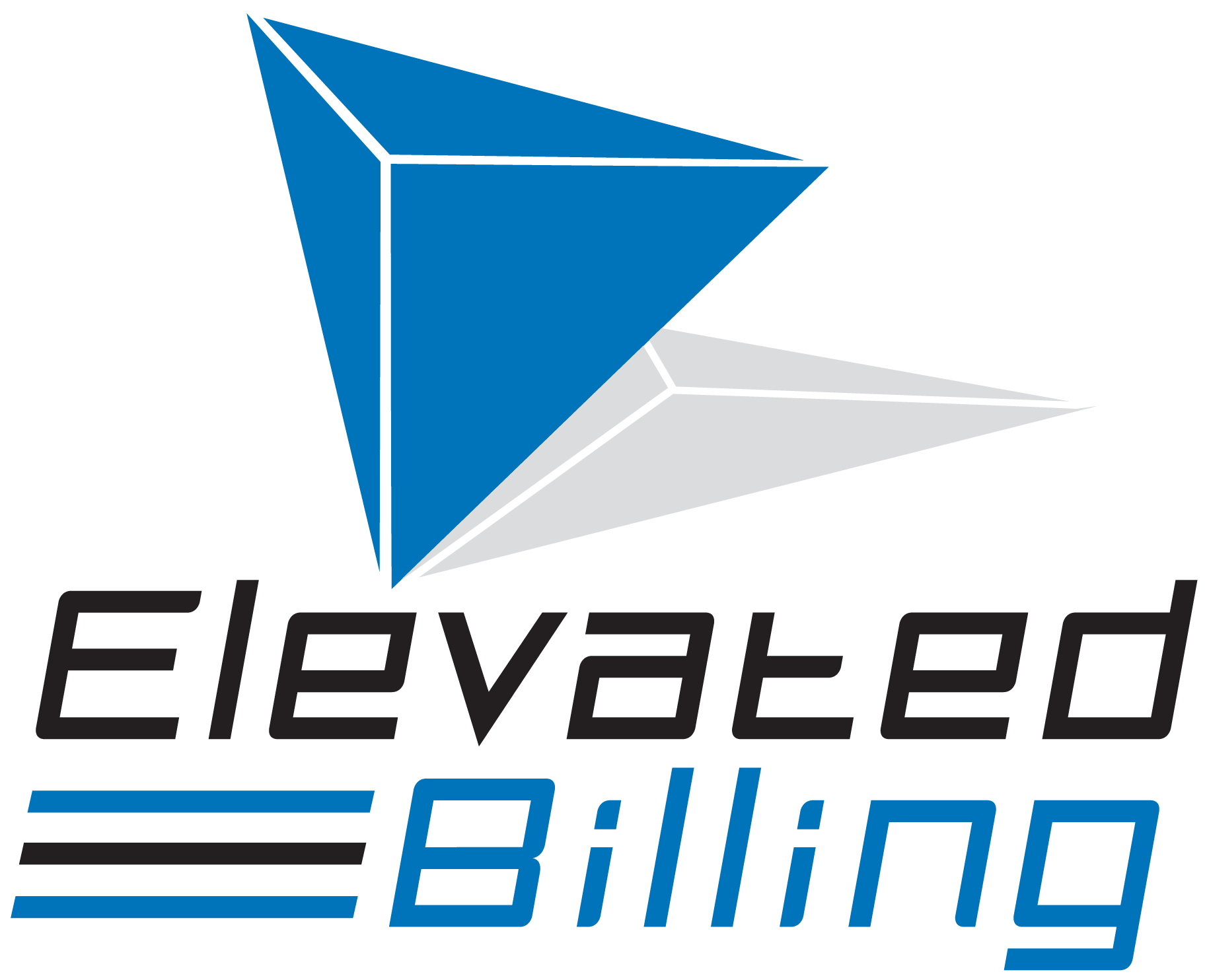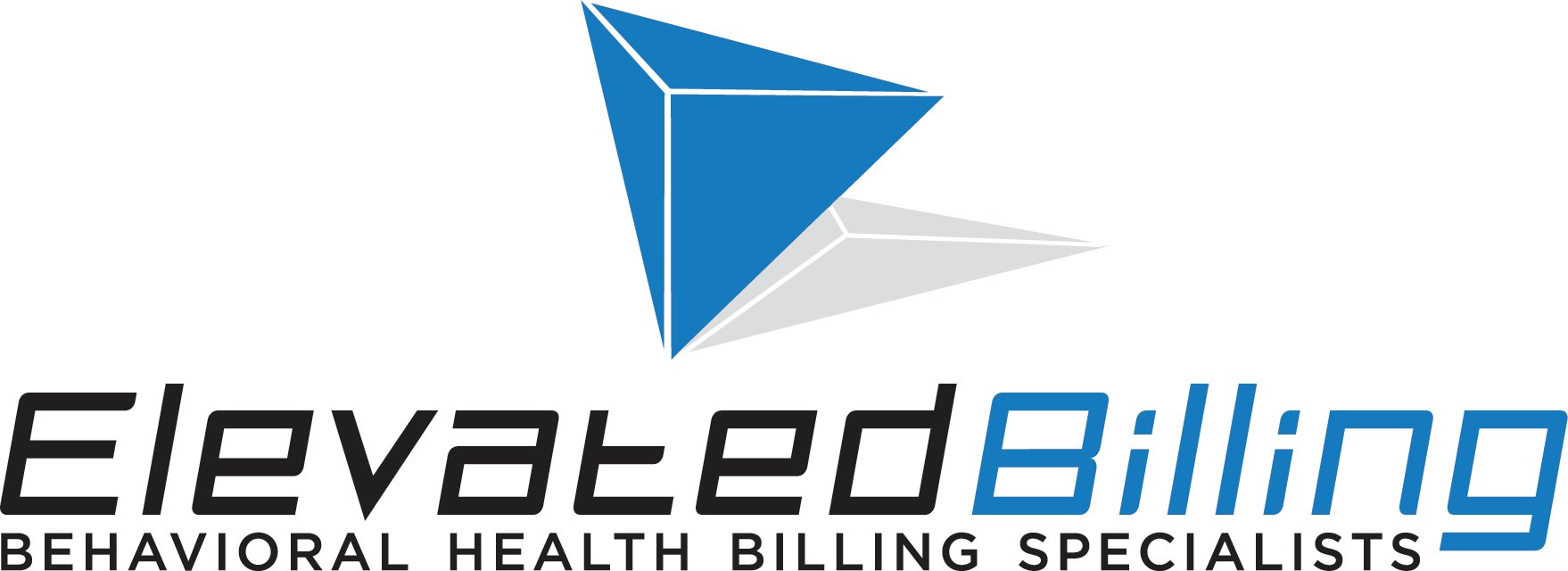The value-based payment (VBP) model is indeed a real thing, and it is quickly becoming the standard for quality health care. In 2019 many payers are emphasizing VBP, and behavioral health providers will eventually be expected to make the transition as well.
A 2018 Quest Diagnostics survey found that 57% of health plan executives agreed that clinicians do not have all the tools they need to succeed under VBP. Many behavioral health and addiction treatment providers have not adapted to this payment model to date. The reason most often noted is because the value-based care model focuses on patient outcomes, which are difficult to define and measure in behavioral healthcare.
How can you make sure that your facility is able to successfully and smoothly transition to VBP while avoiding these difficulties? The following are some tools that can help you.
In transitioning your behavioral health facility or practice to the VBP model, you should focus on defining the value and outcomes within your program. Those providers who can derive these known performance indicators (KPIs) from their program data could potentially benefit from higher reimbursements and improved patient outcomes.
Here are some areas (KPIs) to focus on as you seek to make the shift to a VBP model:
Outcome Tracking:
The Value Based Payment model focuses more on patient outcomes than the amount of services provided, encouraging providers to do more with less. Entering, tracking and analyzing patient data is vital for transitioning to a VBP model. However, without this data and the proper tools, behavioral health providers may find few benefits from VBP. Because behavioral health conditions and goals are more subjective than other health specialties, it can be more difficult to collect the necessary data to fully succeed within VBP. It is necessary to track objective data. For behavioral health practices, we suggest focusing on factors like:
- Lab results
- Diagnosis at admission and discharge
- Patient demographics
- Admission sources and discharge placements
- AMA's
- Reason for discharge.
Focus on maintained Goals:
Healthcare decision-makers are increasingly concerned about population health. This requires clinicians to form three main goals:
- Maintaining patient health
- Reducing patient health risks
- Providing or coordinating appropriate patient care
Population health management can only be successful by combining co-morbid patient data with co-occurring patient data within your EHR. Your EHR should let your medical staff add this diagnostic treatment data into the treatment plan and note accordingly. This information should no longer be kept segregated. In addition facilities need to take note to do a better job in documenting discharge planning and coordination with aftercare providers and primary care providers prior to and at discharge as more acute models typically do.
This restructuring will be important to increase the quality of care provided to patients which is so critical to the success of the care providers under the VBP model.
As our industry pendulum swings it is always best to be ahead of the curve. Industry expert advice is to begin working on these goals now, in order to ensure the success of your practice under this Value Based Payment model in 2019. Making the necessary changes early and being proactive will ensure that your cash flow not only remains uninterrupted, but most likely increases as the model allows it to.
Moving towards a VBP based system doesn't have to be difficult and, if implemented correctly, can positively impact your facility or practice.


